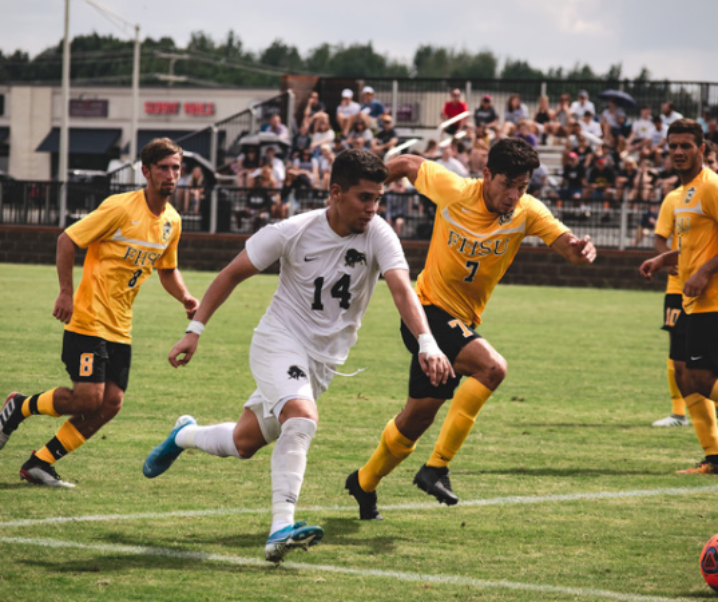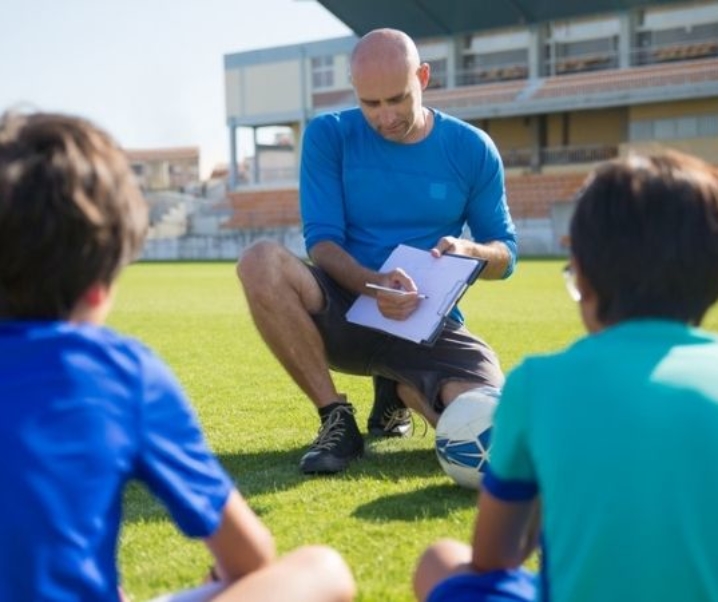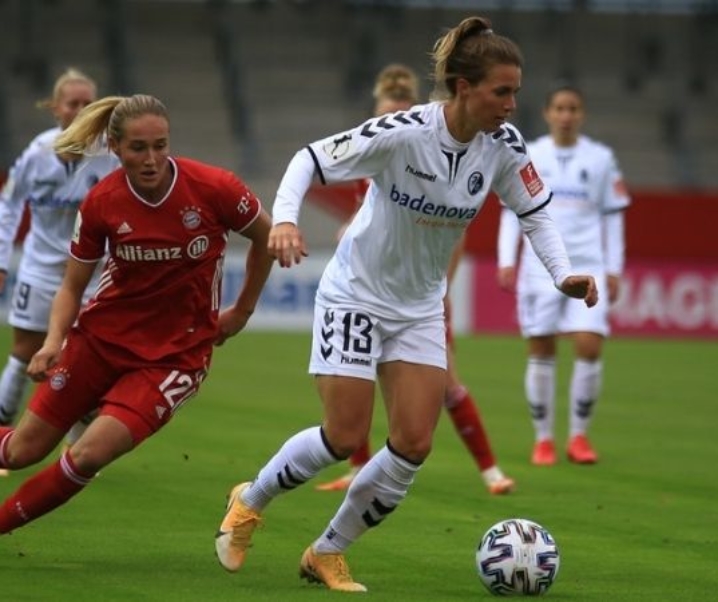There is a difference between indoor and outdoor soccer. However, you can transfer the skills that you gain from playing outdoor soccer to indoor soccer. The important thing in indoor soccer is enhancing the particular elements of your game. Below are guides on how to train for indoor soccer:
- Practice on different playing surfaces. The playing field is smaller and different. You won’t play on grass but you will instead play on a hardwood floor. Because of the smaller space, most drills on indoor soccer focus on agility, quick shooting, and close control.
- Include running as a form of exercise. A jogging regimen before the first game starts is necessary whether you’re already fit or not. Determine the length of a quarter in the competition that you’ll enter. Then, continually run for the same length of time. Don’t over run, though, because you’ll become fatigued and you might get injured.
- Improve strength. Practice on wall squat because it’s an effective training for building strength. Stand against a wall and then gradually lower your body until you are on a sitting posture. Hold on that position as long as you can. Next time, perform the wall squat with one leg and then perform it with the other. You’ll achieve better balance and strength simultaneously with this technique.
- Do the calf raises exercise. You need to have a strong lower body in playing soccer. To achieve this, stand on something to elevate one foot. You could use some books or a step for elevation. The heel of that foot must hang off the edge. Hold a wall or furniture if you need balance. Lower and raise your body gradually while standing on that foot. Do this exercise for two to three sets. Repeat the procedure with your other leg.
- Exercise straight out practice if you’re a goalie. Endurance training and general strength training is vital as a football player. However, these exercises don’t fit a goalie. Practice is what you need to conquer the fear of hitting by a ball. It will also help you anticipate ball movement better as it comes towards you. Dedicated practice is what you need to become a better goalie.
- Practice better sprinting. Speed is vital in soccer to execute breakaways and close the gap in chasing the ball without getting tired easily. Warm-up before sprinting. You can do this by jogging lightly or walking indoors for two to three minutes. If you’re ready, then run faster and harder for 10 to 30 seconds. This length is just practical because indoor soccer’s dead out runs do not last more than 15 seconds.
- Practice indoor soccer drills. There are training drills that you must execute like the tick tock drill, dribble slalom relay, first touch shooting, and one touch possession. Play with other soccer players so you can feel the actual game. Give one another suggestions and tips for improvement.
Don’t forget to consult a sports physician before training or before starting a new practice regimen. Doing this is vital even if you are already exercising. Your body will undergo a fresh exercise regimen and he can help you do the best preparation techniques for indoor soccer.





